6 career defining records of Mel Gaynor
Simple Minds' drummer picks his finest
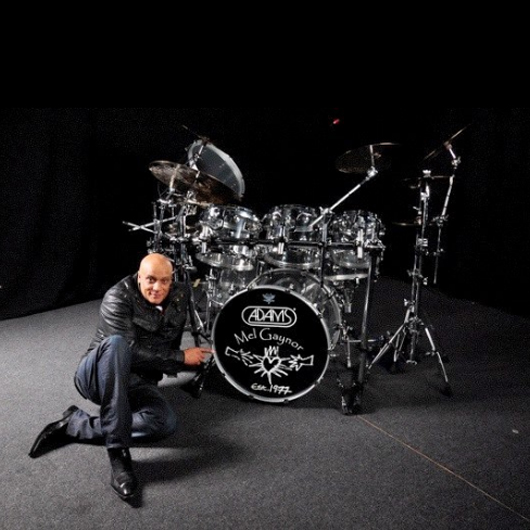
Mel Gaynor
Mel Gaynor came to fame when he joined Simple Minds as a session drummer in 1982, giving the Scottish rockers a jolt of power in the process. Of course, Gaynor got the full-time gig and the rest, as they say, is history.
Here Mel Gaynor shares the six records which have most defined his career as a drummer, telling Rhythm Magazine why they mattered so much along the way.
Next: becoming "louder than Motorhead"
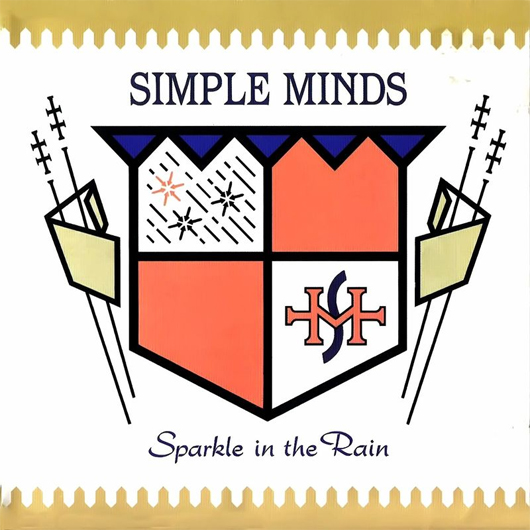
Sparkle In The Rain (1984)
After splitting the drumming on 1982’s New Gold Dream, Mel established his place in Simple Minds with the follow-up, produced by Steve Lillywhite.
Mel Gaynor says:
“It put the stamp on the Simple Minds drum sound. We got a great sound on that record. It was the turnaround album from New Gold Dream, which I thought was very quiet, staid and straight as far as the drums went. This album was really fun. It was recorded in the old Townhouse studios, which apparently used to be a swimming pool.”
“It was the Phil Collins, In The Air Tonight sound. That was the first time I started to write with the band and the time when the drums were at the forefront. I remember Radio One saying it was the loudest record on the radio, louder than Motörhead. We were like, ‘Yeah, that’s great! We’re turning into a rock band!’”
“I’m a pretty adaptable player; I don’t play loud all the time. It’s down to the music and the artist, but that was a loud album. That was from Steve Lillywhite wanting it loud.”
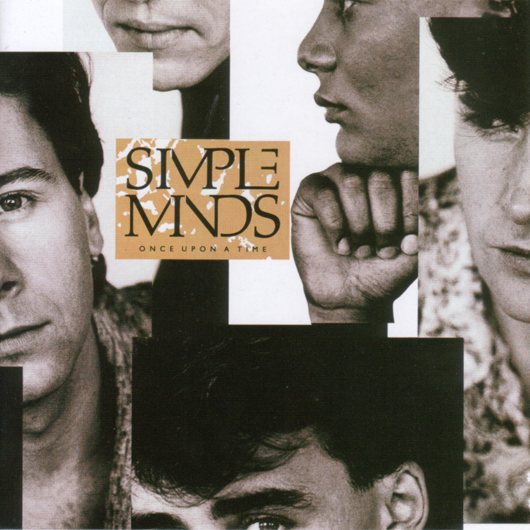
Once Upon A Time (1985)
Recorded in Bearsville Studios, New York, with producers Bob Clearmountain and Jimmy Iovine, Once Upon A Time spawned the huge hit Alive And Kicking. To top it off, the band played Live Aid straight after.
Mel Gaynor says:
“We really took the time to sort out the songs and find some great ideas. I was completely blown away by the sounds Bob Clearmountain got. I guess there was a lot of pressure, but it was from the commercial side.”
“Sparkle In The Rain was very experimental. Now we wanted to get the hits so there was pressure to come up with more singles on that album. We were cracking the American market, which was very important so there was a big transition at that time.”
“The studio was in the middle of nowhere. We spent the best part of five months in it, then came out and went straight into Live Aid. I remember being introduced by Jack Nicholson - that was a real buzz. One of the pinnacles for me was seeing Neil Young and Led Zeppelin. It was a great day.”
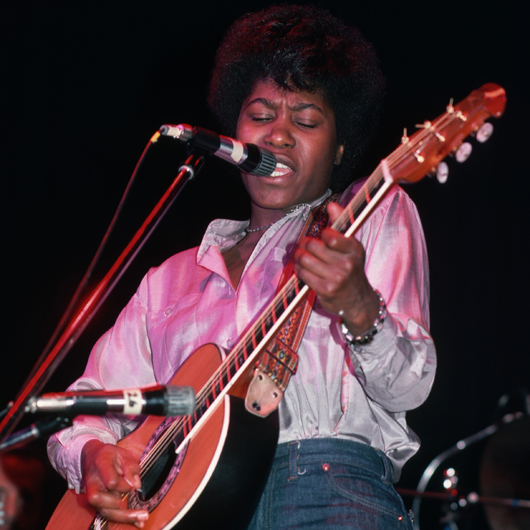
Secret Secrets (1985)
The rhythm section for Joan Armatrading’s 12th album was firing on all cylinders, with Mel on the kit and Pino Palladino on bass.
Mel Gaynor says:
“I got a call from Joan Armatrading’s management asking if I could do the album. I was a big fan of her work, so it was a pleasure to play with her. There was some slight confusion at the beginning because she wanted me to play like the demos, which had drum machines. I basically told her, ‘I’m not a drum machine, so I don’t play like a drum machine’.”
“It was an unusual session. She got Joe Jackson in, who’s a very talented keyboard player, but I didn’t know that at the time. We did a Latin track with him and it was incredible. I always remember that day with Joe. It was an all-round great session and to top it all I got her to play me a version of Love And Affection, just as a one-to-one.”
“She wanted me to do some live dates but I didn’t have the time.”
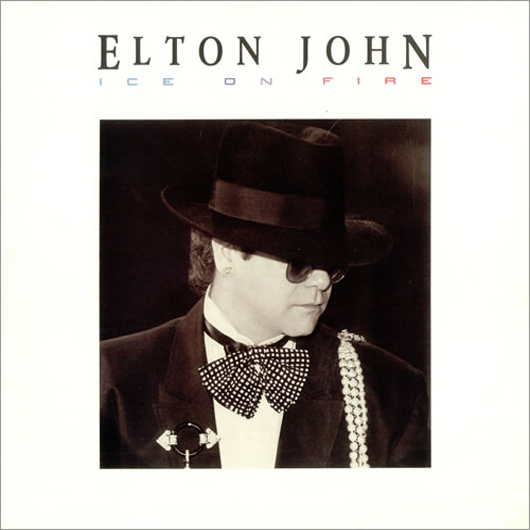
Ice On Fire (1985)
Mel had the chance to play with a key member of the elite pantheon of British pop when he recorded the album Ice On Fire with Elton John (not yet knighted, so no ‘Sir’ at this point).
Mel Gaynor says:
“He was a real gentleman to work with and I was picked out of the bag to do that album along with a great bass player called Deon Estus. That was a memorable album to do because there were great songs, a great singer and piano player, and it was a great location.”
“It was in Surrey at Gus Dudgeon’s studio out in the countryside. There were a few pointers arrangement-wise, but as far as playing went, it was left up to us. I worked with a couple of loops and sequences, but it was still very organic. It wasn’t completely computerised - there was still a human feel to it.”
“We played as a band and Elton played with us so we’d get a great feel, as opposed to just getting a drum take. If there were drop-ins, I’d go back and drop-in over that, rather than just going for the perfect drum take.”
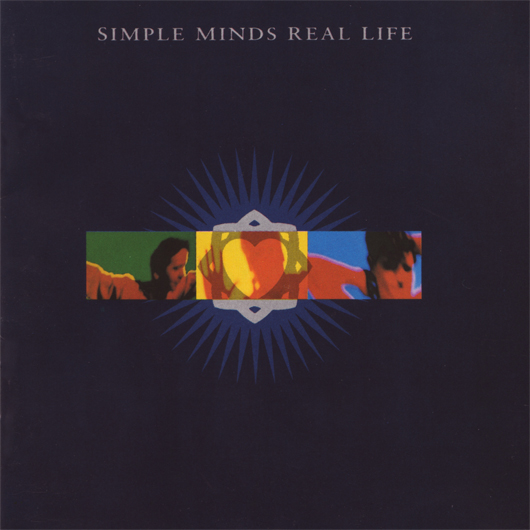
Real Life (1991)
“Real Life came back to the real Simple Minds sound,” says Mel, who cut the record using a custom-built fibreglass kit. Showing his versatility, Mel broke out the brushes for the haunting ballad Woman.
Mel Gaynor says:
“Real Life was a great album to record. It came after Street Fighting Years, which was okay, but as far as the drums went it was very staid. We had Steve Lipson working with us and he got some really fantastic sounds on this album.”
“I had a Pearl fibreglass kit, which was kind of a one-off. I went to Japan and just picked out some shells that were lying around in the factory. It was a very loud kit but it had a warm tone. It was a pity I never got a snare drum to go with it. I should have, because it would have been unique.”
“Woman was quite strange, I wasn’t sure how to track it but it turned out alright in the end. It started off with a drum machine and I came in with brushes. The full kit was too overpowering, so I just added texture over the top.”
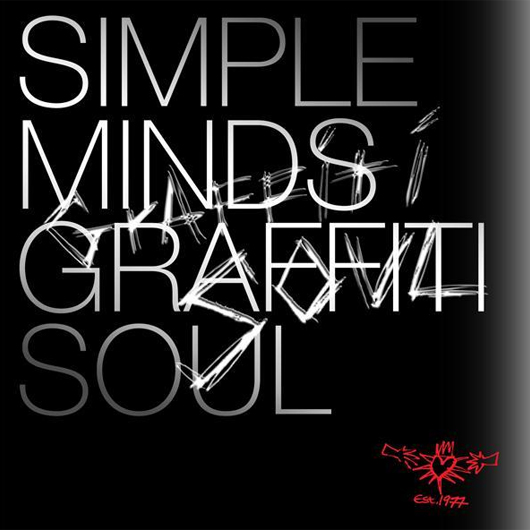
Graffiti Soul (2009)
“The music has changed quite a lot,” says Mel, 27 years after his Simple Minds debut.
Mel Gaynor says:
“The bass and keyboard players have changed and new people coming in has given a freshness to everybody’s playing.” “Graffiti Soul was actually two records in one. Because it was going so well, we decided to do a covers album as well.”
“One favourite of mine is Rockin’ In The Free World. I was pretty buzzed about doing that song and Jim sang it really well. It was a very relaxed album, so there wasn’t too much stress. Despite that, we tracked 20 songs in about 10 days, really going for it.”
“My playing hasn’t changed too much. What has changed is my attitude towards music because I’m a songwriter now. I write on keyboards and bass. I’ve always connected with the bass and it’s great to know where the bass is coming from.”